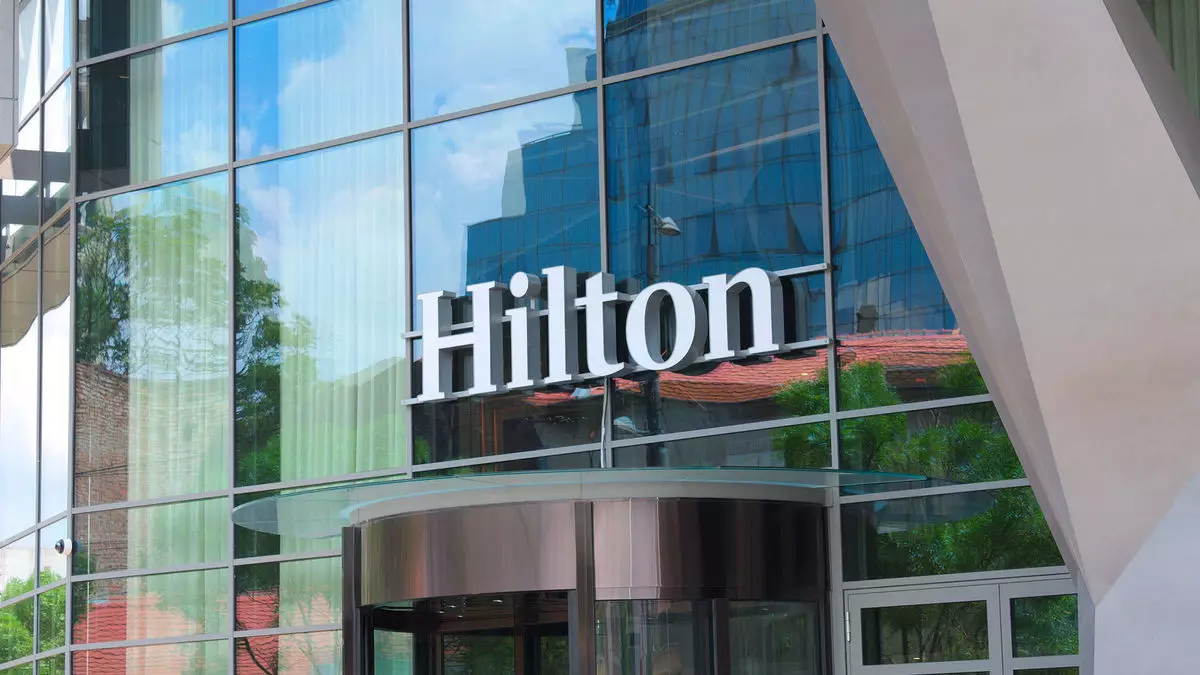The hospitality industry is currently experiencing a complex array of dynamics that have left many stakeholders questioning the trajectory of travel and lodging demand. While group bookings are on the rise and business travel appears to be bouncing back, the challenges that surfaced during the third quarter of 2023 cannot be ignored. Hilton CEO Christopher Nassetta’s remarks during the recent earnings call shed light on the multifaceted issues the company and the industry at large are facing. Despite an increase in revenue per available room (RevPAR) by 1.4% in Q3, Hilton fell short of its expectations, signaling that the post-pandemic travel boom is encountering real-world impediments.
Several external factors contributed to Hilton’s challenges in the latter part of the year. The slower demand following Labor Day, unfavorable weather conditions, and labor disputes across various regions have all played significant roles. Labor strikes, initiated by the Unite Here hospitality union, have formed a notable backdrop against which hotel operations have been strained. Strikes at major hotel chains, including Hilton, Hyatt, and Marriott, have highlighted the vulnerabilities that individual properties face, particularly when it comes to revenue generation and operational stability.
Industry analysts have expressed a mix of cautious optimism and concern regarding leisure demand trends. While some observers view the current landscape as a return to historical norms, others point to worrying signs regarding customer spending. With leisure demand reportedly flattening, the economic pressures on the average consumer are becoming increasingly palpable. For lower-income individuals, the relentless rise in everyday costs has further constrained the discretionary income that could be used for travel.
As the market shifts, analysts note an evolving consumer mindset that prioritizes value over experience. Jan Freitag, a hospitality market analytics expert, emphasizes how the ongoing inflationary environment is pressuring consumers at the lower end of the economic spectrum. This segment’s reduced spending power could potentially extend to upper segments of the leisure travel market as the potential for “normalization” in demand becomes a pressing concern.
The increased availability of travel options has also led to heightened price sensitivity among consumers. In contrast to the pandemic era, travelers now have a plethora of choices, from flights to hotels, which shapes their motivations significantly. As Michael Bellisario points out, consumers no longer feel compelled to pay premium prices for popular destinations when comparable alternatives are readily available. This increased price consciousness indicates that travelers are more discerning, seeking out affordable options that fit their budget rather than indulging in luxury experiences.
Interestingly, amidst these challenges, the business travel segment is displaying signs of positive recovery. Hilton’s strategic preparation suggests that the company expects business travel demand to surpass pre-pandemic levels in 2024. The return of midweek business travel is indicative of a broader trend toward normalization, with transient travelers returning steadily. However, the nature of these trips is different; smaller group bookings with shorter lead times have started to dominate the landscape, reflecting a shift in how teams collaborate when not consistently present in the office.
This reconfiguration of group dynamics is worth analyzing. The transition from large, organized meetings to ad-hoc gatherings may be an outcome of remote work patterns—where spontaneous collaboration becomes feasible. While smaller group travels may bring certain advantages such as flexibility, they lack the predictability and schedule stability previously enjoyed by larger corporate events.
As we peer into the future, the hospitality industry seems poised for evolution rather than exponential growth. Experts predict that travel demand will become increasingly correlated with traditional economic indicators such as GDP, consumer confidence, and business profitability. Instead of relying on the extraordinary circumstances that characterized the post-pandemic rebound, the industry may revert to more familiar patterns of demand.
While the outlook for Hilton and the broader hotel market is mixed, significance lies in the adaptability of the industry to emerging consumer trends and economic realities. By understanding the nuances of labor market dynamics, evolving consumer preferences, and adjusting operational strategies accordingly, the hospitality sector can better position itself for sustainable recovery. As we navigate these turbulent waters, the lessons from the past will be crucial in steering toward a resilient future in travel and hospitality.

